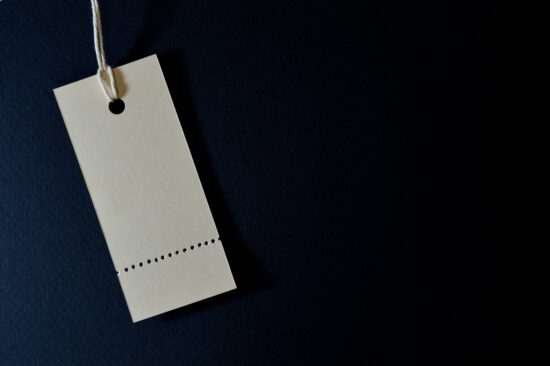How to Properly Label Food in Your Restaurant’s Kitchen

No matter the time of year, if your restaurant is known for delicious food, it will need a process that keeps it organized and serves food as safely as possible.
One of the most important ways to stay on top of kitchen organization is to properly label the goods in your back of house.
If you’ve previously tried DIY labeling methods, it’s time to get a more focused system in place. Let’s examine why proper labeling is important and how your staff can approach successful food labels in your kitchen.
Why Should You Label Food in Your Kitchen?
Food labels are effective kitchen tools that help your staff work better and serve your customers safe, quality food items.
Food Labels Encourage Safety
Food labels let your staff know how old food items are before they are used in a recipe. Without proper labeling, it’s easy for the wrong ingredient to make its way into a dish and result in food poisoning that tarnishes your guest’s health and your reputation.
Your Kitchen Operates More Efficiently
Moving quickly is key in any commercial kitchen. Labels help your staff make quick decisions without dangerous consequences. While it may seem easy to glance at an ingredient and know what it is; when your goods are labeled, your kitchen is more organized and makes taking inventory of your food easier and more effective.
You Save Money on Waste
When your kitchen is organized and properly labeled, you know how old food is and don’t mistakenly toss usable goods in the bin. According to an article from upkeep.com, the average restaurant wastes up to 10 percent of all inventory they purchase.
Over time, that easily equates to thousands of dollars lost from your bottom line. Labeling your items with proper information ensures your employees help you save money on the product you bring in on an annual basis.
What Are Label Requirements?
You know the importance of labeling, but tossing a piece of masking tape with the name of a product on your items isn’t enough to call your labeling effective. Labels on food items throughout your kitchen require specific qualities that leave nothing up to chance.
First and foremost, your label must clearly indicate what the item is. Make sure to use universally known names that any staff member can identify.
Create a space for employees to document when they’ve created the label. This lets you trace the label back to an individual should something go awry.
Include the day/time the item was prepped or put on the shelf and a use-by date.
If your items can cause allergic reactions or require additional prep instructions, this is also essential information to add to your label.
The Importance of Color Coding
Many labels can be pre-purchased and follow the color-coded practices that national kitchens use to improve food safety. Color-coded labels are based on the days of the week and let staff know at a glance when an item was added to the shelves in a given week.
The weekly color-coding system is as follows:
- Monday-Blue
- Tuesday-Yellow
- Wednesday-Red
- Thursday-Brown
- Friday-Green
- Saturday-Orange
- Sunday-Black
Color-coding can also be useful when preventing cross-contamination during the storage process. Adding additional colored stickers lets your staff quickly identify a packaged good and where to store it.
- Fruits and Vegetables-Green
- Raw Poultry-Yellow
- Raw Meat-Red
- Seafood-Tan
- Dairy-White
- Cooked Food-Blue
Learn About Labeling and More with Certified On The Fly
Whether you’re just getting started labeling your products or need a better system for your kitchen, the online course from Certified On The Fly can help. We keep restaurants across Texas in compliance with state and federal regulations and help ensure safer and better food preparation, storage, and service practices.
Register online today to earn your food handler certification from a course that consistently stays on top of industry standards.
Back to Blog